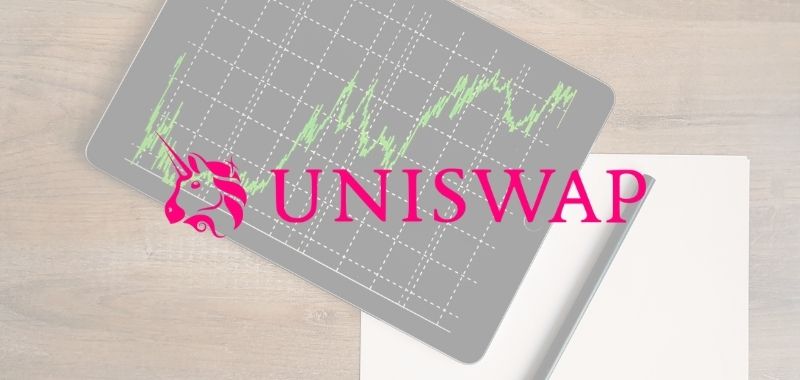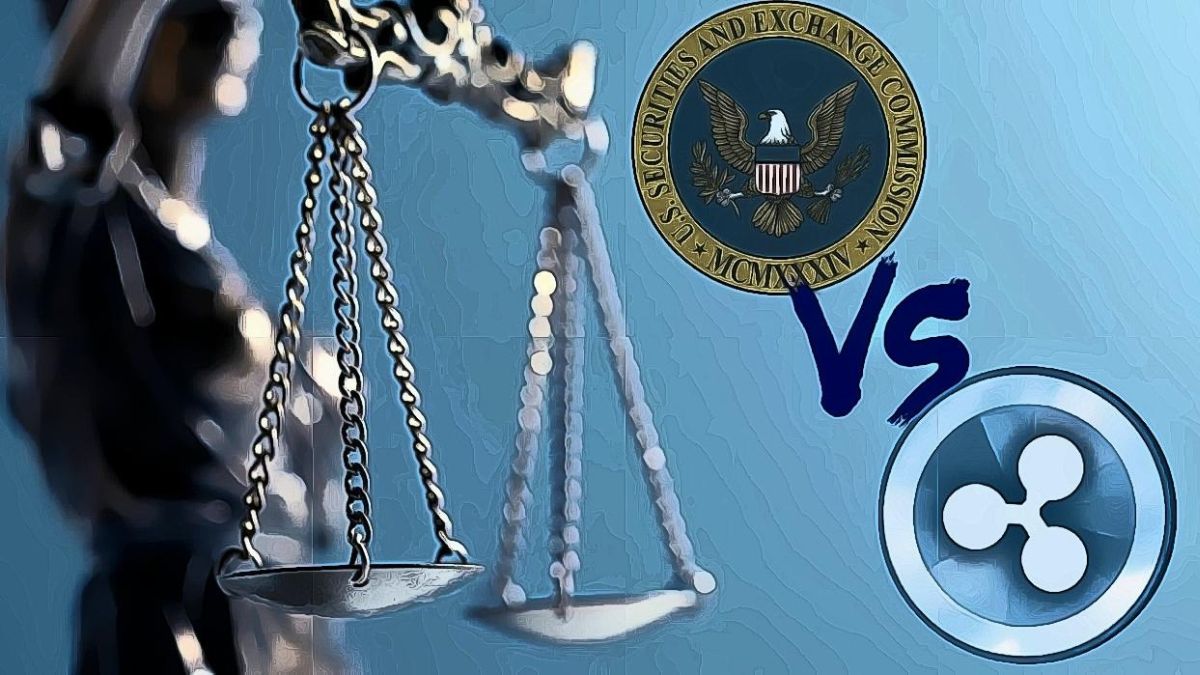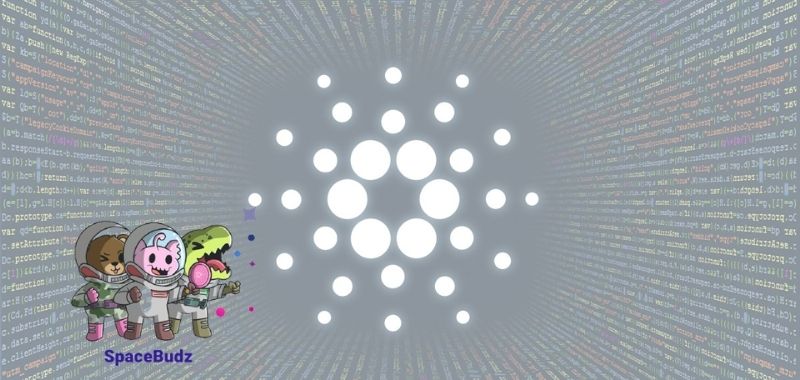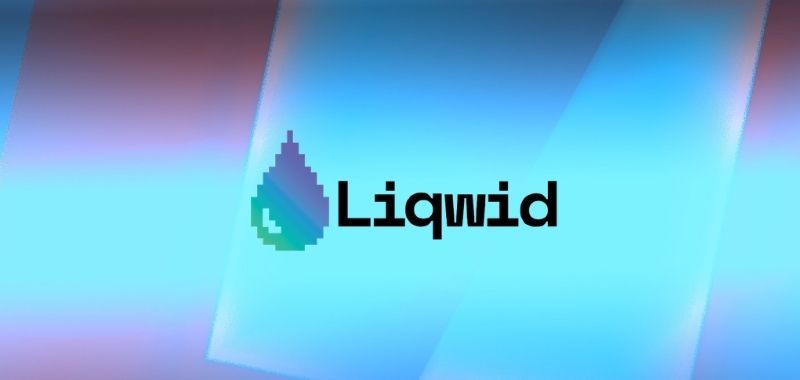DeFi News
1inch.exchange: The best DEX aggregator

Surely you have already heard about it on Twitter and other social platforms recently, the DEX we are about to introduce today: 1Inch.Exchange. This amazing team has been very helpful in the recent recovery of funds stolen with a hack from the lendf.me (dForceNet) platform. Although 1inch.exchange applies a strict privacy policy towards users’ private data, they were happy to help Singapore police to ‘scare’ the hacker into returning all the stolen funds. Before arriving at these drastic measures, the team also contacted the hacker directly with an Ethereum transaction, trying to convince him to end it all quietly. Here’s their message to the hacker:
“Our statement to the hacker: Pay back what is not yours and sleep well, instead to be a thief. White hacking makes more fun and helps people instead of destroying their lives”.
1Inch.Exchange: Your favourite DEX aggregator
But besides that, 1Inch Exchange is best known for being a great aggregator of decentralized exchanges (DEX), i.e. a website that manages to pool the liquidity of all major DEXs to simplify the use of DeFi to the general public!
1inch.exchange is able to support many DEXs, among which there are already well known and well-established names in the field of decentralized finance such as Bancor, Uniswap, Kyber, AAve, Compound, MakerDao (Oasis), Curve and so on (also Fulcrum in the past).
Being non-custodial too, 1inch allows making trades of any kind using only an Ethereum wallet. This is the real strength of all the DEXs in circulation, but this is also the biggest cause of the lack of liquidity in individual DEXs. Moreover, the technology behind 1Inch always allows users to get the best exchange rates without wasting time with a slow and manual search.
In February 2020, the 1inch team informed us through their blog on Medium that they have further improved their platform by calculating also the gas costs of individual transactions and always choosing the cheapest way to carry out a swap. This was made possible by burning $GST2 token gas (gastoken.io). As a result, transaction costs have fallen by about 42%.
But how exactly does 1inch.exchange work?
First of all, it is necessary to access the 1inch.exchange website and have a wallet extension in your browser, such as MetaMask (the one we recommend, but there are many others). After connecting MetaMask to 1inch.exchange everything will become straightforward and transparent. The prices of the various DEXs and the gas required for the various trades can be seen in real-time.
The main screen shows all the available DEXs, but these can be removed with a click (perhaps those that are not to your liking or those that at that time do not have the necessary liquidity to make swaps). Finally, after choosing what to swap and through which DEX to do it, just proceed by clicking on Swap Now, then Verify and finally Confirm the transaction on the integrated wallet, i.e. MetaMask in our example. Everything is incredibly simple compared to centralized exchanges. We are sure that DEXs will become more and more popular in the years to come, the only problem that will have to be solved in time is liquidity.
It may sound trivial, but the web design of the website is available in two variations; black and white. It’s a small thing that makes the website even more attractive, at least to me and to all those people who have problems with their eyes and prefer black backgrounds so as not to tire them too much. It’s these little things that make a website/product better. Hopefully, competitors will take notice too!
The team

But who hides behind such a big and ambitious project? The founders have decided to be transparent with their audience, showing their names and faces. They are Russian developers who have previously participated in other projects in the sector: Sergej Kunz (Twitter Profile) and Anton Bukov (Twitter Profile). By clicking on the links you can visit their GitHub profiles. The first one calls himself a crypto maniac, while the second has been in DeFi since 2017 and has been programming for 18 years. Anton is very active on GitHub and is also working on another DeFi project we will talk about in the future: gDai.io.
Returning to 1Inch.exchange website, for those who want to know more, here are their social accounts (always very active): Twitter, Telegram and Medium. Follow them to always know the latest news and new features.
DeFi News
UK updates its tax policies on DeFI and Staking loans

The UK’s tax authority, Majesty’s Revenue and Customs (HMRC), released an update to its guidance on Wednesday, reported Bloomberg.
The new policy provides a series of “guiding principles” that act as general guidance in determining whether DeFi-related return or participation should be classified as income or capital gain.
How loan returns or staking is taxed depends on whether it is considered capital or income, however determining this can be a complex task. In the post, the HMRC admitted about this difficulty:
Token lending/staking via Decentralized Finance (DeFi) is a constantly evolving area, so it is not possible to establish all the circumstances in which a lender/liquidity provider makes a return on their activities and the nature of that performance. Instead, some guiding principles are established.
New policy to tax DeFi and staking
The latest guide sets out four distinct points designed to make it easier for people to determine the nature of their tax. Firstly, if the return received by the lender or liquidity provider is known “at the time the agreement is made”. If known, it would indicate a revenue receipt, but if unknown, it would indicate a capital receipt.
Second, if the return is realized through the disposal of a capital asset, it qualifies as capital. Conversely, if the borrower, or the DeFi lending platform, pays the yield to the lender/liquidity provider, the yield should be classified as income.
Third, the regulator indicated that lump-sum payments are “more likely” to qualify as principal; while recurring payments are “more likely” to be in the nature of revenue. Finally, the HMRC mentions the loan period as another variable that determines the nature of the repayment, everything will depend on whether it is “fixed or indefinite, short or long term”, he said.
The document presents some examples of how users can determine the nature of their loan return or participation. For example, if the return amount has already been agreed upon, say 5% per annum, it will most likely be a revenue receipt, the regulator said. On the other hand, if the income is “unknown and speculative”, it is probably a capital receipt.
As CoinDesk noted, the new policy is an update to previous guidance that had been published by HMRC in March 2021. According to that document, taxation of staking trades depended on whether the activity amounted to “taxable trading.” The wording closely resembled the established rules for taxing cryptocurrency mining, the outlet adds.
DeFi News
New SEC Definition Includes DeFi Exchanges

The US Securities and Exchange Commission (SEC) is interested in the fact that the definition of a stock market would now be much broader, also encompassing systems that allow buyers and sellers to communicate their interest in trading this type of asset, which which would include decentralized exchanges (DEX) such as Uniswap, PancakeSwap and many others for bringing together this type of people interested in trading digital currencies.
The measure would require platforms that meet these characteristics to register with the US Securities and Exchange Commission as securities brokers, and since decentralized exchanges would not be able to meet the demands required by this type of license, this could imply the imminent cessation of its operations throughout the United States.
More delicate than it seems
Some analysts and enthusiasts express concern about the possible repercussions this could have for the sectors associated with digital currencies.
In this regard, the DeFi sector enthusiast, Gabriel Shapiro, presented an even more delicate panorama for this type of exchange, since such a definition could also address even block explorers, such as Etherscan, precisely because they allow users to users interact with smart contracts to communicate business interests.
In this sense, it highlights that all this can be interpreted as a restriction on freedom of expression, for which it would be completely unconstitutional.
From a regulatory point of view, the SEC commissioner, Hester Peirce, also expressed her concerns and echoed some aspects mentioned above, placing special emphasis on the broad and diffuse nature of the changes proposed by the entity, which even go far beyond the scope and jurisdiction of the regulatory body.
On the other hand, Peirce criticized the fact that the interested community has very little time to read, understand and consider the proposal, which is not consistent with the implications it could have, since it would be making changes to an ecosystem that moves thousands of million dollars, which it could harm in unforeseen ways.
DeFi News
Uniswap exceeds US$500 billion in traded volume since its launch
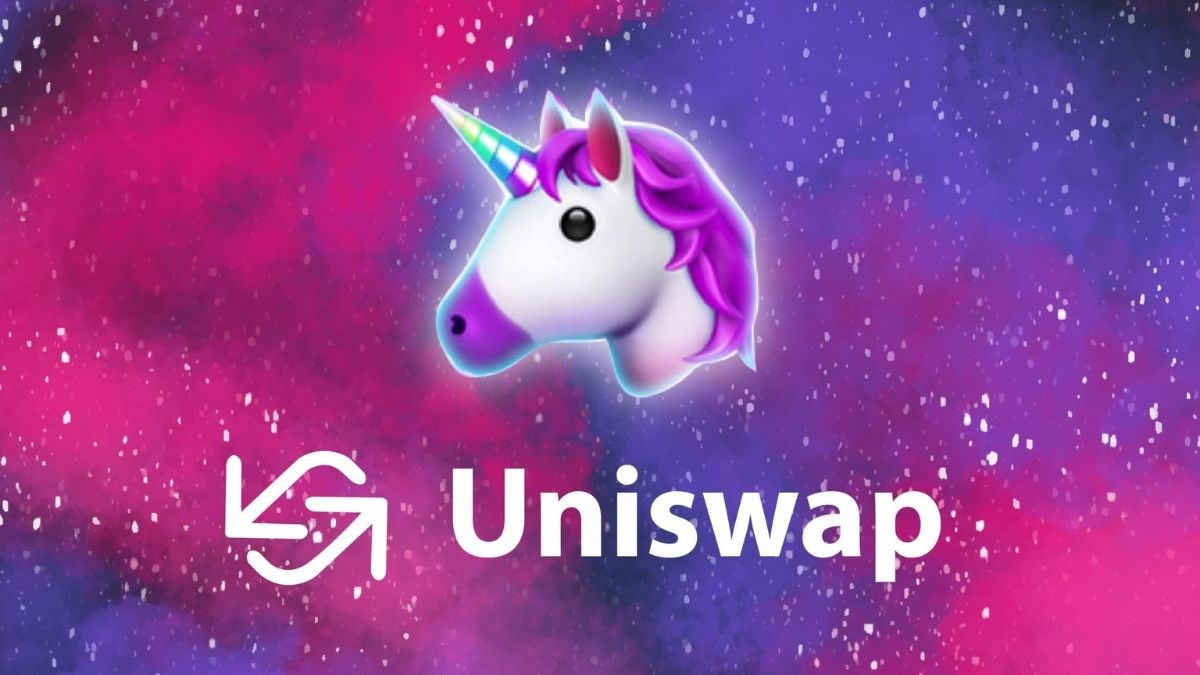
One of the best-known decentralized exchanges in the cryptocurrency market has just passed the US$500 billion transacted mark.

“We’re proud of the magnitude of this number, but we’re even happier knowing that millions of users have had direct access to markets they could trust were operating in their best interest.” – stated Uniswap Labs on Twitter.
About 2 billion of this volume was thanks to two scalability solutions integrated into the project:
“⚡️ $2 billion of this volume was contributed by @arbitrum and @optimismPBC deployments, which are starting to see significant traction!” – said Uniswap Labs.
Uniswap was created in November 2018, but it was conceived in 2016 by Vitalik Buterin (creator of Ethereum). With support from the Ethereum Foundation, programmer Hayden Adams made the idea come true.
Since then, the broker has not stopped growing and its UNI token is already worth 14.35 billion dollars.
With Uniswap, anyone can be an arbitrator between tokens using the blockchain, which narrows the price gap in small markets and gives incentives to balance asset prices using blockchain and centralized brokerages.
Currently, UNI is traded in several brokers in EEUU and around the world, such as Coinbase, Bitfinex and Binance US.
“We are so grateful to be together on this journey with our incredible community, and we can’t wait to hit the $1tn mark.”
-
Opinion2 years ago
XRP: FOX Business Senior Correspondent Says SEC Is Losing Its Lawsuit Against Ripple
-
Tutorials3 years ago
How to Earn, Farm and Stake CAKE on PancakeSwap with Trust Wallet
-
Altcoins News3 years ago
Projects with ongoing migration from Ethereum to Cardano
-
NFT3 years ago
CardanoKidz: The first NFTs arrive at Cardano
-
Tutorials3 years ago
How to set up a Bitcoin node: beginner’s guide
-
NFT3 years ago
SpaceBudz: new astronaut NFTs on Cardano
-
DeFi News3 years ago
Uniswap vs PancakeSwap: Full analysis
-
DeFi News3 years ago
Liqwid Finance the first DeFi project on Cardano: everything you need to know



